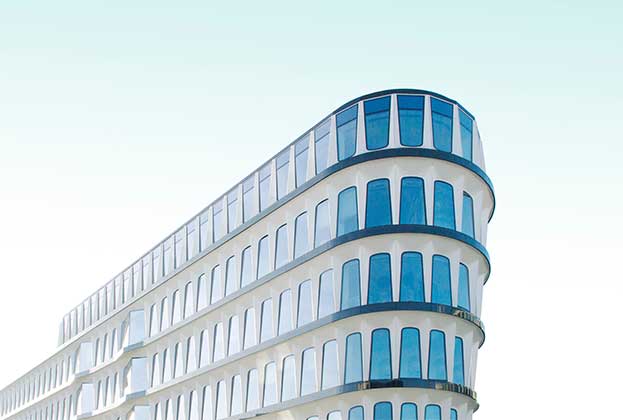Central London investment activity set to increase in 2020
The impact of clarity
The central London leasing office market appeared completely unaffected throughout the Brexit negotiation period of 2016–18, however, the investment market saw a 34% decrease in turnover last year in comparison with 2018. The two failed attempts at leaving the EU during 2019 cast doubt in the minds of some foreign investors on the merit of buying and vendors responded by adopting a 'wait and see' policy, causing a significant lack of supply.
The leasing market continued to perform above expectation, experiencing sustained tenant demand which in turn led to an increase in pre-letting activity. Furthermore, the Serviced Office Provider sector continued to grow and saw the arrival of new entrants such as Convene and Knotel, who are not showing any signs of slowing down in the short-medium term.
The macro outlook for the UK is positive when compared with our European counterparts with a forecasted 1.4% GDP growth per annum for the next five years, which is in-line with France and 20bps higher than Germany. This will help position the UK as a desirable destination for any European bound foreign capital and with Greater London expecting 2.4% GDP growth per annum for the next five years, it is likely the majority of foreign capital headed for the UK will be deployed in the capital.
Investment turnover in central London during 2019 reached £13.3bn, 34% down on 2018 but only 18% down on the 10-year average. The two Brexit dates that came, passed with little alleviation of uncertainty, however, the drop in turnover appears to be a global trend as opposed to exclusively a local one. For instance, Hong Kong saw a fall of 69% YoY, central Paris 11% down, Frankfurt 42% down and Chicago 53% down. However, politics definitely did play a part in the London office market as once the Conservative party had gained a majority, we saw a noticeable increase in investor activity. In fact, 20% of City investment and 30% of West End investment turnover from 2019 took place in December.
There was a distinct lack of stock available for purchase last year, which inevitably affected turnover volumes. However, the lack of clarity certainly affected foreign investor’s confidence as non-domestic turnover fell from a 73% share in 2018 to 65% last year. Despite this, UK investors appeared undeterred and represented the greatest single nationality of investment at 35%, equating to £4.6bn, which was only down on 2018 volume by 4%.
At the start of 2019, we saw a softening of both City and West End prime yields. The City initially moved out 25bps to 4.25% in February, the highest it had been since January 2017. However, following the sale of 8 Finsbury Circus, EC2 for sub 4.00%, we revised the City prime yield back down to 4.00% which is where it has remained. The West End prime yield also moved out to 3.75. However, with the improving sentiment following the general election and the subsequent increase in demand from foreign investors, in particular, German and US capital, the prime yield was moved back down to 3.50%, which is where it currently remains.
Now that we have clarity regarding both Brexit and the general election, demand from foreign capital will increase, which when combined with the current lack of stock, will result in a hardening of prime yields throughout 2020
Savills Research
Looking forward, London still looks comparatively high yielding to the rest of Europe where Paris, Amsterdam, Frankfurt, Berlin and Munich all stand at 3.00% or below. However, this only benefits those that are prepared to bear the currency risk, which otherwise might cost the equivalent to 100bps. It is worth noting that the rental growth prospects for London are stronger than the majority of Europe and therefore the increase in demand that this could bring, will almost certainly result in further hardening of London prime office yields throughout 2020.
Read the other articles within Spotlight: Central London Office Outlook below
.jpg)


.jpg)

